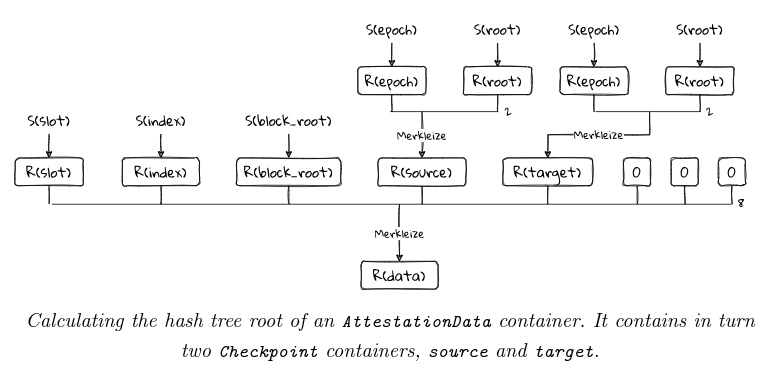Ethereum co-founder Vitalik Buterin spoke about the next stage of the blockchain roadmap – The Purge. It is aimed at simplifying the network structure and reducing the load on nodes.
A quick note on next steps in Ethereum protocol simplification and node resource load decreases (aka “the Purge”):https://t.co/BAebCGrisB
— vitalik.eth (@VitalikButerin) April 1, 2024
EIP-6780
Central to the development of the protocol at this stage is the implementation and development of EIP-6780, introduced during the recent Dencun hard fork. It optimizes the SELFDESTRUCT opcode, increasing security and simplifying protocol implementation.
EIP-6780 reduces the functionality of the SELFDESTRUCT operation command, which destroys the contract that calls it, freeing up space in the data store.
Along with the update, Ethereum introduced a maximum number of storage slots (approximately: gas limit/5000) that can be edited in one block. This approach greatly simplifies the creation of a protocol client and other types of infrastructure, Buterin believes.
According to him, more similar proposals to improve the network will appear as part of The Purge.
“Cleansing” the network
Buterin outlined several more “cleanses” within Ethereum aimed at optimizing the protocol. Recently, a Geth client removed thousands of lines of code, no longer supporting networks added before The Merge.
EIP-7523 Fixed the “empty accounts” problem. Thanks to the update, support for most empty accounts from Ethereum PoW networks has ceased.
The developer noted that Dencun's 18-day blob storage window also contributed to the simplification of the protocol. This approach limited the amount of stored information to 50 GB, which does not increase over time.
Precompilations
In addition, Buterin proposed using a precompilation mechanism. These are Ethereum contracts, which, instead of EVM code, contain logic implemented directly by the clients themselves.
There are other rarely used precompilations:
- RIPEMD-160 is a hash function designed to provide better compatibility with the Bitcoin network;
- Identity is a precompilation that produces a result based on the input data;
- BLAKE2 – hash function to provide better compatibility with Zcash;
- MODEXP – Modular exponentiation with very large numbers to support cryptography based RSA.
However, Buterin emphasized that most of these solutions showed fairly low demand. He allowed some precompilations to be removed in order to optimize transaction processing and the consensus mechanism.
EIP-4444
Reducing the amount of storage required to run an Ethereum node could significantly increase the number of people wanting to launch their own node, the developer believes. Reduced node synchronization time, which provides EIP-4444also simplifies workflows for many operators.
Thanks to EIP-4444, blocks on the network are automatically deleted from nodes after a while.
The Ethereum co-founder also proposed using peer-to-peer torrent networks to preserve the complete history of the blockchain.
New format
Currently, much of Ethereum block structure, including transactions and receipts, is still stored in legacy tree-based formats RLP and Merkle Patricia. This makes it unreasonably difficult to create applications that use this information, Buterin emphasized.
However, according to him, the Ethereum consensus level has already moved to a cleaner and more efficient one. SimpleSerialize (SSZ).
 Structure of the SSZ format. Data: Vitalik Buterin's blog.
Structure of the SSZ format. Data: Vitalik Buterin's blog.
The main task in this direction is to transfer the execution level to the same structure, the developer explained.
In March, the Ethereum co-founder drew attention to the need for internal network scaling and parallelization of rollup processing to build on the success of the Dencun update.
Source: Cryptocurrency
I am an experienced journalist and writer with a career in the news industry. My focus is on covering Top News stories for World Stock Market, where I provide comprehensive analysis and commentary on markets around the world. I have expertise in writing both long-form articles and shorter pieces that deliver timely, relevant updates to readers.







